development.
The research facility, located in Mianyang, Sichuan province, has been investigated by several experts who have identified the design of the plant, which features four extensive laser bays converging on a central experimental chamber.
which made headlines last year for achieving a major breakthrough in nuclear fusion.
Meanwhile, the experimental facility in China appears to be roughly 50 percent bigger than that in the US, possibly showing that China's goals in fusion technology could be even more ambitious than those of the US.
The facility's location in Mianyang holds special importance, given the area's reputation as a significant center for China's nuclear and defense-related research.
This city is home to the China Academy of Engineering Physics (CAEP), the nation's top nuclear weapons research facility.
This connection has led to speculation that the new facility's primary focus extends beyond energy research, possibly also including military applications, such as enhancing the country's nuclear abilities.
Experts emphasize that such facilities allow nations to replicate the circumstances of nuclear explosions, thereby perfecting warhead designs without the necessity of actual detonations.
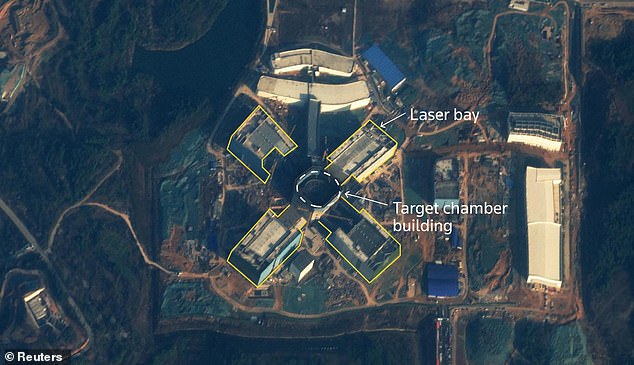
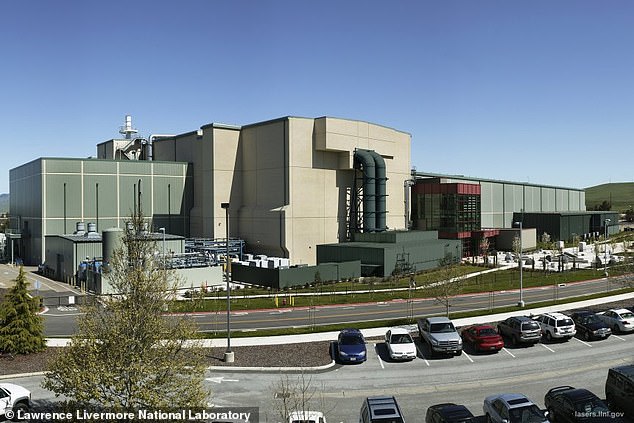
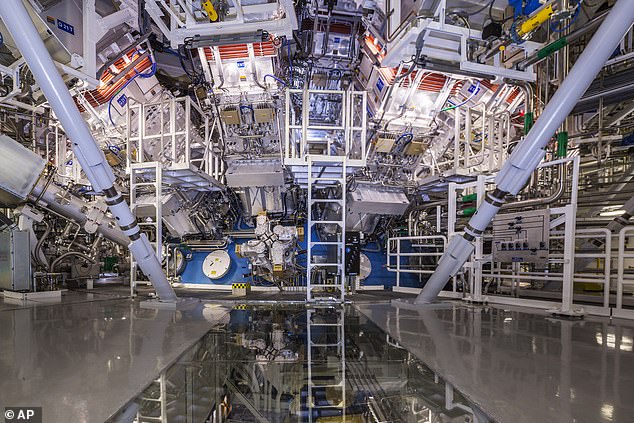
This capability is exceptionally useful for countries that signed the Comprehensive Nuclear Test Ban Treaty, allowing them to modernize and maintain their nuclear stockpiles while adhering to international agreements.
China's involvement in fusion research does not mark a first.
The nation has been advancing laser technologies for inertial confinement fusion (ICF) since the late 20th century.
Presently, there are three laser facilities that regularly perform physics experiments: the SG-II laser facility in Shanghai, the SG-III prototype, and the SG-III laser facility in Mianyang.
These facilities have played a crucial role in enhancing China's comprehension of fusion processes and laser technology.
China's research into fusion technology has received considerable global attention in recent years.
The Experimental Advanced Superconducting Tokamak (EAST), often called "the artificial sun," has accomplished a major breakthrough by keeping plasma at a temperature of over 50 million degrees Kelvin for 102 seconds.
This milestone achieved a groundbreaking benefit in verifying the practicability of long-term nuclear fusion reactions.
The unveiling of the Mianyang facility occurs at a time when international powers are intensifying their efforts in fusion research.
The United States, for example, announced a major development in nuclear fusion research at the NIF, successfully achieving a reaction that produced more energy than was consumed by the energy used to initiate it.
This milestone was applauded as a significant step toward achieving the potential of fusion as an extremely abundant and environmentally friendly energy source.
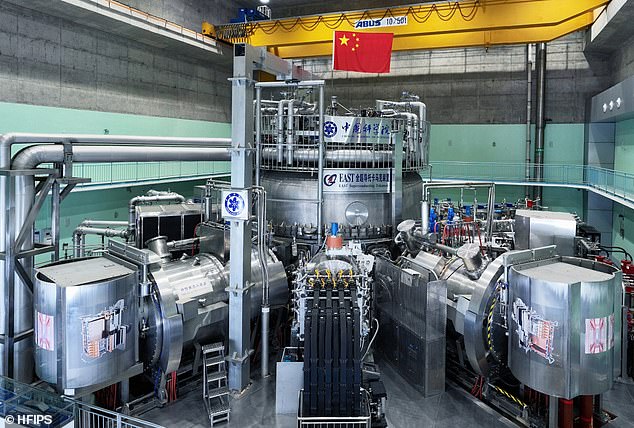
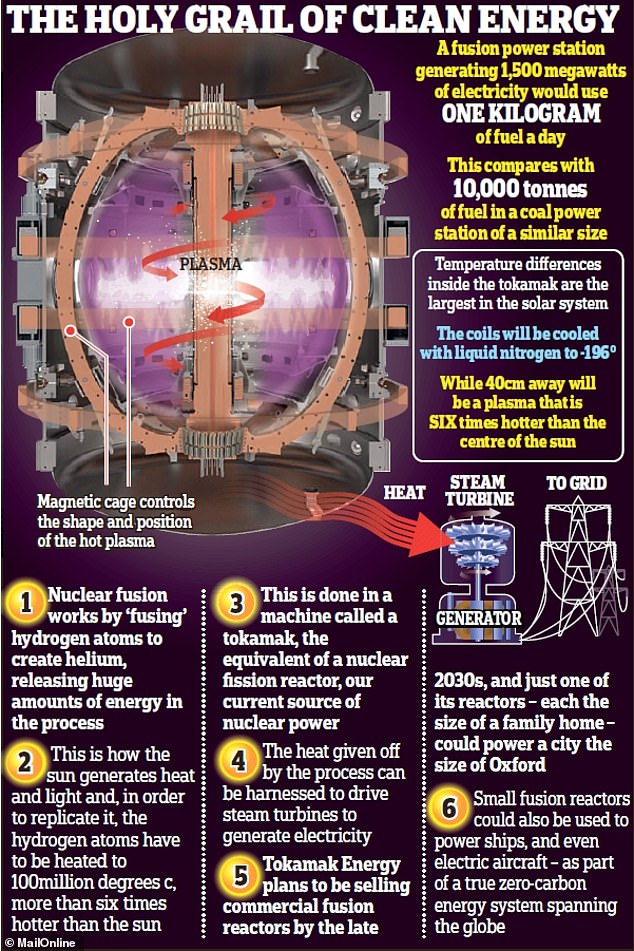
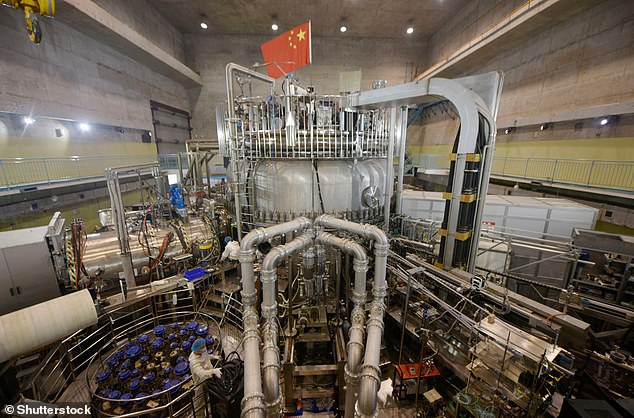

However, the dual-purpose nature of fusion research - offering both civilian energy use and military benefits - raises concerns about the possibility of an arms race in cutting-edge nuclear technologies.
While fusion holds the promise of revolutionizing energy production, its potential for enhancing nuclear weapons capabilities cannot be ignored.
The global community is faced with the challenge of strikes a balance between the pursuit of scientific progress and the imperative to maintain global security.
- has drawn global attention after causing American chipmaker Nvidia to experience the greatest market value decrease in its stock market history, of nearly £482 billion.
By 2022, DeepSeek, which has created two models, V3 and R1, had gathered a collection of 10,000 A100 graphics processing units from California-based Nvidia, used to build and operate AI systems, as noted in a summer 2022 post on the WeChat social media platform.
The Chinese company asserts that it spent only two months and under $6 million to develop an AI model utilizing Nvidia's less-advanced computer chips, and recently launched its iPhone application in the US.
The chatbot has now become the country's most downloaded free application - with its rapidly escalating popularity causing the value of its competitor AI companies to plummet, creating a significant disturbance throughout the financial hubs of Wall Street and Silicon Valley.
US President Donald Trump described it as a 'wake-up call' for the tech sector
China's construction of the vast fusion research facility in Mianyang highlights the country's dedication to furthering its expertise in both the energy and defense fields.
As the facility draws nearer to completion, the international community will be keeping a close eye on its progress, evaluating the potential advantages of fusion energy against the risks stemming from its potential for military use.
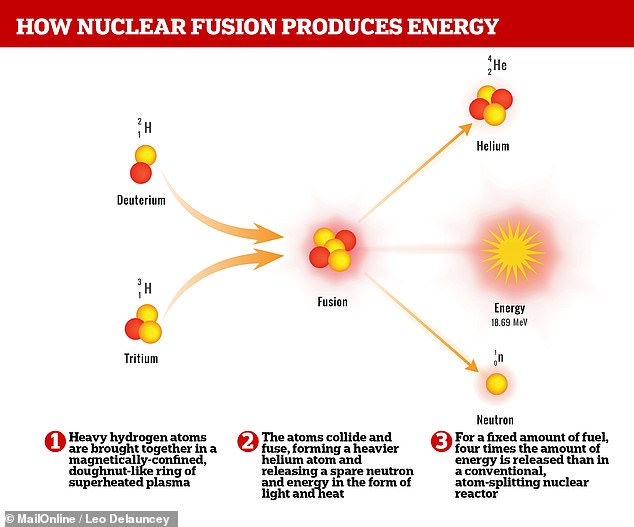
Fusion energy, the process that powers the sun, has been long considered the 'holy grail' of clean energy sources.
By combining atomic nuclei to unleash enormous quantities of energy without harmful byproducts, fusion has the potential to transform global energy production.
Unlike nuclear fission, which generates lasting radioactive waste, fusion presents a virtually limitless and environmentally friendly energy source.
However, the technology is extremely intricate and costly.
The laser systems employed to trigger fusion reactions require precision and intensity at levels usually found only in the most sophisticated scientific research facilities.
This makes facilities like the one in Mianyang both uncommon and of heightened strategic importance.
While the promise of clean energy is a potent motivator, fusion technology also has direct applications in research into nuclear weapons.
Facilities like Mianyang provide scientists with the capability to simulate the conditions of a nuclear explosion, facilitating the advancement of sophisticated nuclear warhead development, eliminating the necessity for live nuclear testing.
This capability is especially valuable for countries that agree to and adhere to international test ban treaties, as it enables them to refine their weapons.
Read more